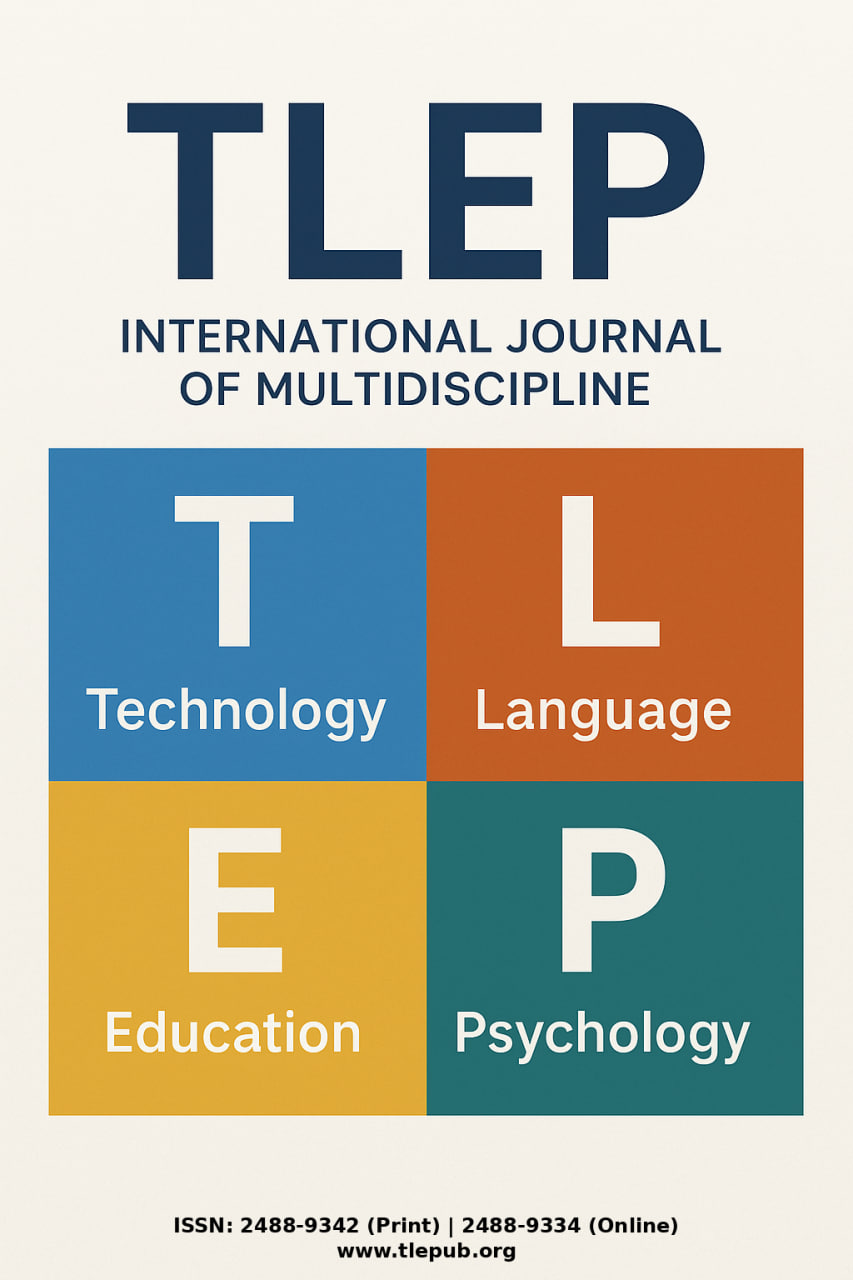Linguistic Landscapes in Urban Areas: Insights from English-Speaking Countries
Keywords:
linguistic landscapes, multilingualism, English-speaking countries, sociolinguistics, urban language policyAbstract
This paper explores the role of linguistic landscapes in urban areas of English-speaking countries, focusing on how public signage reflects cultural diversity, language contact, and identity. By examining multilingual signs in cities such as New York, London, Toronto, and Sydney, the research demonstrates how linguistic landscapes act as markers of both inclusion and exclusion in increasingly globalized societies. The findings suggest that public signage does more than convey information; it communicates symbolic messages about belonging, multiculturalism, and power relations. Ultimately, the study shows that linguistic landscapes provide valuable insights into language policy and urban multilingualism, while also raising questions about inequality, integration, and the visibility of minority languages.
References
Backhaus, P. (2007). Linguistic Landscapes: A Comparative Study of Urban Multilingualism in Tokyo. Multilingual Matters.
Ben-Rafael, E., Shohamy, E., Hasan Amara, M., & Trumper-Hecht, N. (2006). Linguistic Landscape as symbolic construction of the public space: The case of Israel. International Journal of Multilingualism, 3(1), 7–30.
Jaworski, A., & Thurlow, C. (2010). Semiotic Landscapes: Language, Image, Space. Continuum.
Landry, R., & Bourhis, R. Y. (1997). Linguistic landscape and ethnolinguistic vitality: An empirical study. Journal of Language and Social Psychology, 16(1), 23–49.
Shohamy, E., & Gorter, D. (Eds.). (2009). Linguistic Landscape: Expanding the Scenery. Routledge.
Downloads
Additional Files
Published
Issue
Section
License
Copyright (c) 2025 Both journal and authors

This work is licensed under a Creative Commons Attribution 4.0 International License.





